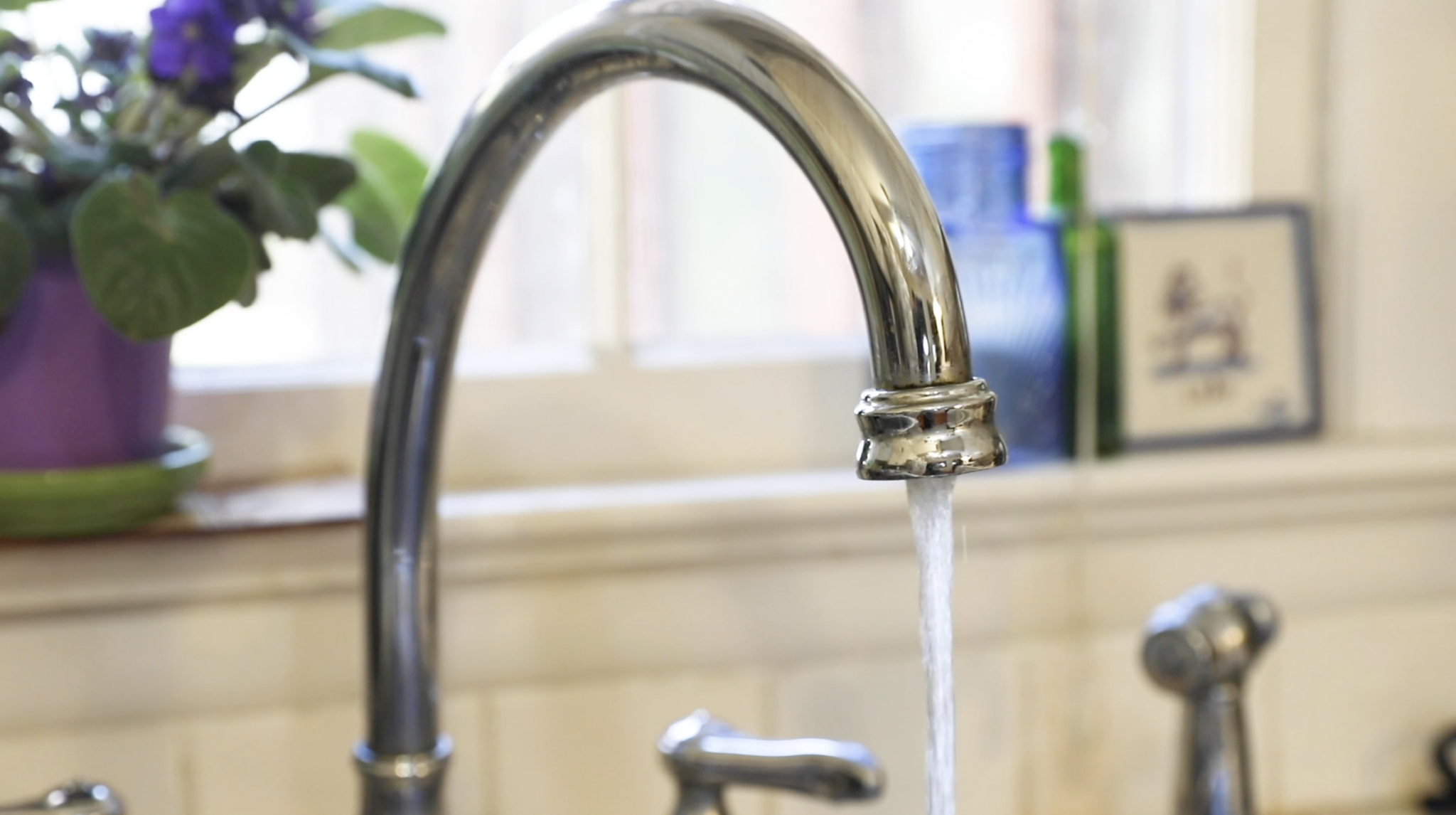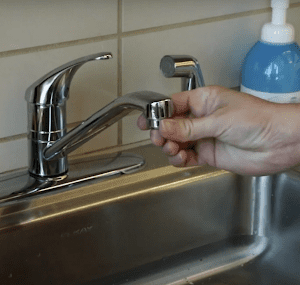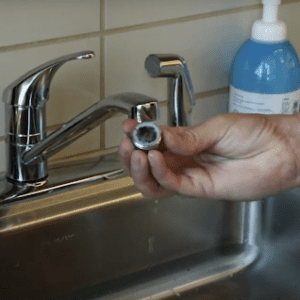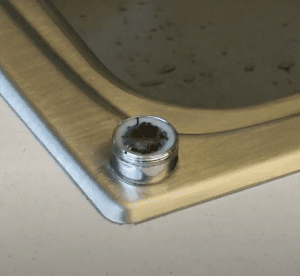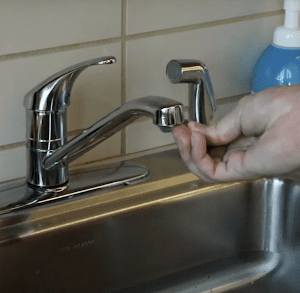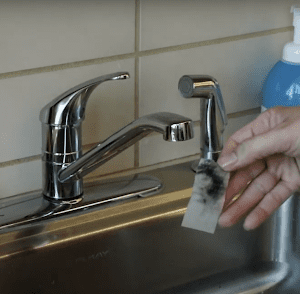Private Well Program

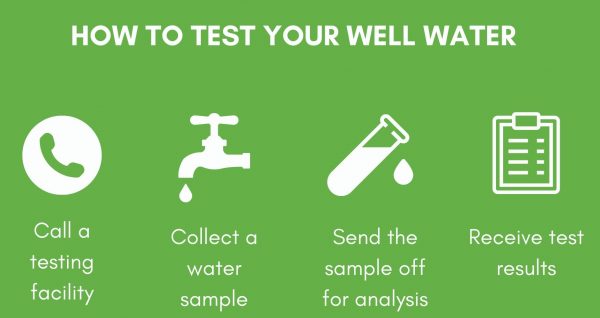
How to Test Your Well Water. Call a testing facility. Collect a water sample. Send the sample off for analysis. Receive test results
When the time comes to test well water, it helps to know the general well water analysis process.
The first step is to identify a lab that can analyze the well water sample. There are a few options for well owners when it comes to selecting a lab, including a certified drinking water lab or the Alabama Department of Public Health lab.
Upon selecting a lab, individuals should inquire about the lab’s sampling process. Some labs will offer to sample a water system in person, while others may require people to take the sample themselves and bring it in. After the sample is collected, either ship or take the sample to the lab.
Once the lab analyzes the well water sample, test results will be returned to the individuals. These results will provide an overview of any contaminants found in the water supply.
Steps to Taking a Sample
Just because the water appears clean, does not mean that invisible contaminants are not present. Water samples are only accurate if they are taken correctly. Make sure to closely follow the instructions provided with the sampling kit in order to get reliable results.
For those performing a test through the health department, an environmentalist will often do a site visit and take a water sample. Check with the Alabama Department of Public Health to see what areas offer this service.
For those taking the sample themselves, they must schedule accordingly. Water samples are time sensitive and must be submitted no longer than 24 hours after sampling takes place. Check with the lab that is providing the analysis to ensure the sample is delivered on a day that the lab is receiving samples. When taking the water sample, follow the instructions below:
Step 1. Familiarize yourself with the testing kit. Read the instructions.

Well water testing kit provided by the Alabama Department of Public Health.
Step 2. Identify the site to conduct the sampling. Ideally, sample at the tap that is regularly used for drinking and cooking water.
Step 3. Remove any treatment devices that are on the tap to eliminate chances of false positive tests, as these devices can often harbor bacteria. Sometimes this means removing the nozzle of the tap.
- Remove the spigot nozzle to properly clean the tap.
Step 4. Sanitize the tap by either rubbing the inside with a swab of rubbing alcohol or running a small lighter flame along the surface and inside of tap nozzle.
- Sanitize the water tap with rubbing alcohol.
Step 5. Flush the nozzle at high flow for five minutes to remove any stagnant water within the pipes. After five minutes, reduce the water to a small steady flow and allow it to run for three minutes.
Step 6. Unscrew the sample bottle cap, and fill the bottle to the designated mark. Once full, screw the cap back on tightly to avoid spills or leaking.

Fill the sample bottle to the designated mark.
Step 7. After collecting the sample, fill out the appropriate paperwork information provided on the sampling sheet (if provided one). Remember, send the water sample to a lab within 24 hours of collection.

Fill out the paperwork provided by the testing facility.
For an in-depth explanation of this process, watch the Private Well Program video How to Sample Well Water to see an environmentalist with the Alabama Department of Public Health walk you through the process.
More Information
Need your well water tested? See Where to Get Your Well Water Tested for more information about testing well water in Alabama. More information for private well owners is available on the Private Well Program page on the Alabama Extension website, www.aces.edu.


